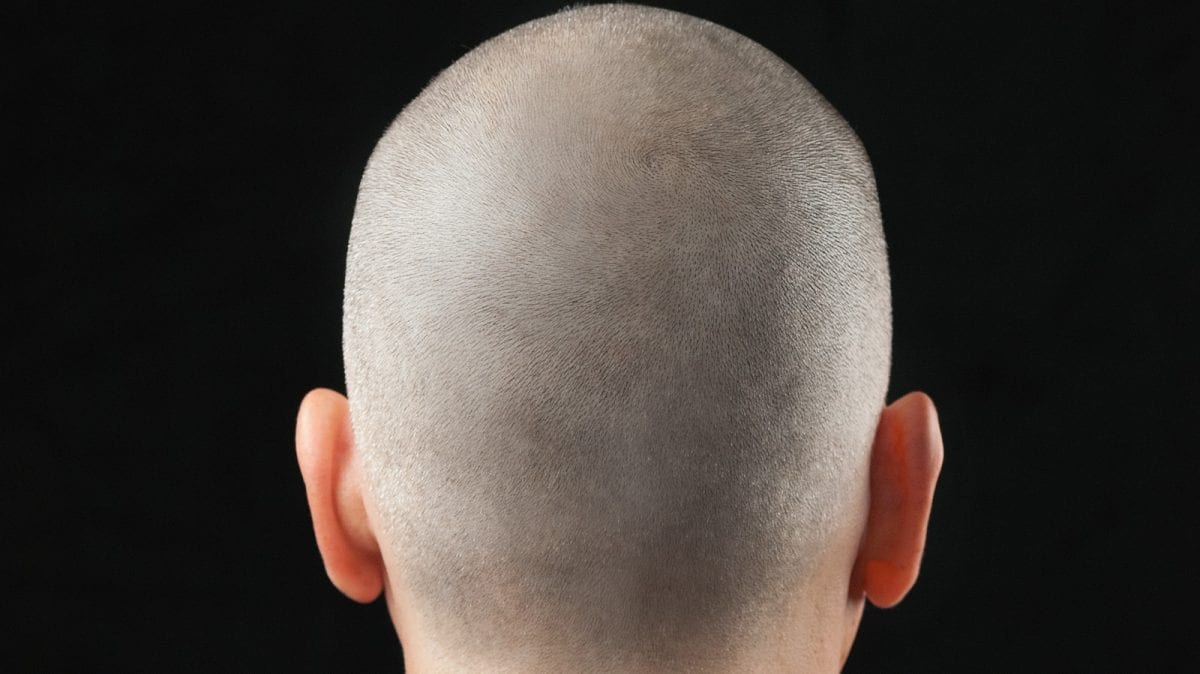Scalp micro pigmentation or a hair transplant? These are often the two best choices instead of feeling embarrassed and needing to wear a ball cap or a hat everywhere to feel comfortable.
How do they differ from one another and which one is best? Let’s consider this now.
SMP: What Is It?
Scalp micro-pigmentation (SMP) is a process where additional pigmentation is implanted into the top of the scalp area. The treatment is intended to create the appearance of hair follicles instead of being stuck with an obvious bald spot.
Balding varies from person to person. It can be a gradual thinning of the hair where there’s less hair volume leaving the scalp visible to the naked eye. It can be a receding hairline, a loss of hair at the crown at the top-back of the head, or even hair loss at the sides or back (which are both more unusual).
SMP: How Does It Help Your Appearance?
SMP treatment adds the appearance of more hair follicles. Therefore, whether close up or from a distance, the previous bald spots now show pigmentation as if they can grow substantial hair in that area.
The SMP is somewhat like a tattoo that can create a certain appearance on the scalp. It can have a camouflaging effect and possibly cover over an unsightly tattoo as well.
SMP with a Buzz Cut or a Shaved Head
For people with a buzz cut or a fully shaved head, the adding of pigmentation will make the previously bald areas now match the stubble-like appearance of a close buzz cut. Looking closely, you will no longer appear like you’re a bald person or someone with a thinner hairline who’s shaved their head or had a close cut. It will look natural.
Filling Out a Thinning Head of Hair
For someone with hair that’s somewhat thinning where it’s not full enough any longer and the scalp below is visible, the addition of pigmentation at the scalp assists in filing out their appearance. This then makes the hair appear fuller because the thinning area has a backdrop at the scalp that’s filled in with additional pigmentation. This makes the thinning far less obvious, even close up.
Hair Transplant: What Is It?
One of the most popular hair transplant operations is FUE.
FUE is a process of harvesting existing hair follicles that exist on the scalp and preparing to transplant them into parts of the scalp where they no longer exist.
The process is an invasive surgery to obtain the hair follicles and then implement them back surgically into the scalp. It’s a painful procedure – much more than with SMP – and the recovery period is more extensive too. Patients require up to a week off to let the scalp fully heal and to avoid potential infection.
Hair Transplant: How Long Does It Take for Hair to Grow Back?
It can be a slow process. Admittedly, patients should be advised about this ahead of time. Up to six months is required to see significant regrowth and the full effect may only be fully observed within the year.
Also, the amount of hair regrowth depends both on how successful the operation was and how many hair follicles were available and could be harvested for the procedure. The more follicles, the more painful the process is, but the better the eventual results for the patient.
Which is Better? SMP or Hair Transplanting?
Hair transplanting is not a quick fix solution to hair loss. Far from it. It’s something that is considerably more expensive compared to SMP and will require far more patience to see eventual results.
When there were not as many live hair follicles to obtain and use in the surgical procedure, then the results will often be less than perfectly satisfactory for the patient. Also, given the higher cost and pain of surgery, it can be disappointing when not being adequately prepared for it.
SMP will not deliver a fuller head of hair because it’s a tattoo-like process to create the appearance of live hair follicles by adding appropriate pigmentation to the right places on the scalp. This will last up to 6 years and then need touch-ups to be completed. What it will do is create results within a handful of days. This provides satisfaction to real people who know it can make them appear to not have pattern baldness or balding problems. It’s also useful to make thinning hair appear fuller with the added pigmentation below through the SMP procedure.
It’s not necessarily an either/or whether to get SMP or a hair transplant done. The reality is that sometimes people who get a hair transplant feel that they need more coverage but don’t wish to go through a second procedure to attempt to get it. Instead, using SMP, they can create a visual appearance that they find satisfying and with far less inconvenience. Other times, SMP is sufficient to address the issues and a hair transplant can be skipped entirely.








